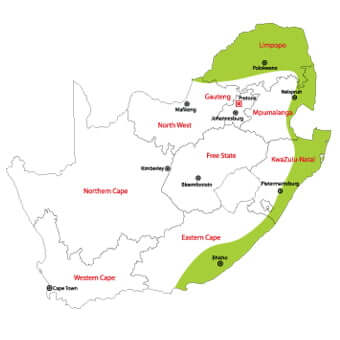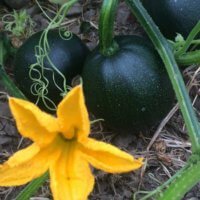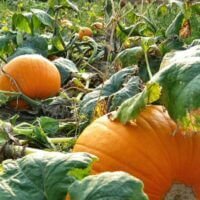What to do in this region this month
Plant and Sow
Annuals
Sow quick-maturing summer annuals, like:
Vegetables
To avoid blight on tomatoes and mildew on cucumbers, squashes and pumpkins, water them early n the morning to allow the leaves time to dry off before nightfall. Give citrus trees their mid-season feed of 6:1:5 granular fertiliser or an organic equivalent spread evenly over the drip line 20-30cm away from the stem. Mulch and water well
General garden maintenance
- Do not neglect your container plants; prune them lightly and feed and water them regularly.
- Cut out the dead branches from garden trees.
- Feed and deadhead annuals.
- Feed shrubs with a fertilizer high in potassium.
- Water and mow the lawn.
- Fertilize and mulch heliconias and calatheas which are starting to grow during this month.
- Fertilize guava, litchi and mango trees.
- Feed foliage plants with a nitrogen-based fertilizer, such as Nitrosol or Seagro.
- Watch out for mildew on plants, especially on zinnias, and spray if necessary.
- Feed cannas, mulch with compost and water regularly.
- Deadhead flowering plants.
- Feed citrus and litchi trees.
- The lily borer is ever-present this time of the year so it is vital that all members of the lily family be check regularly for the presence of these yellow and black striped terrors. They are most active at night time and can be treated with a contact insecticide or physically removed and squashed. Members of the Lily family include agapanthus, clivia, crinum, nerine, amaryllis, and haemanthus.
- If you are going away over the festive season, get someone to mow your lawn. If unchecked, it may prove hard to get it back into shape again. If you are staying at home, feed with a high-nitrogen fertiliser and water well.
- Pests are jolling here now. Watch out for, and take firm control of:
- Tip-wilters on the soft tips of roses, dahlias and abelias.
- Fruit fly on pumpkins, squashes and fruit trees.
- Codling moth on apples and pears (wrap sticky tape around the base of the tree).
- Amaryllis caterpillar on crinums and other bulbous plants.
- Mildew on roses, dahlias and cleomes.
- Whitefly on beans and fuchsias.
- Pear slug on peaches, cherries, plums and ornamentals.
- Outbreaks of red spider mite during hot, dry weather.










